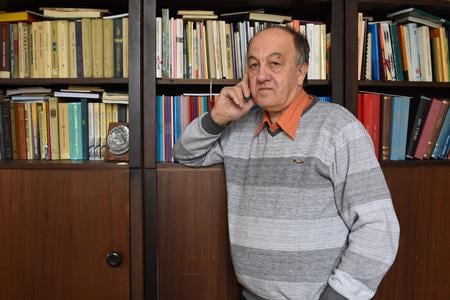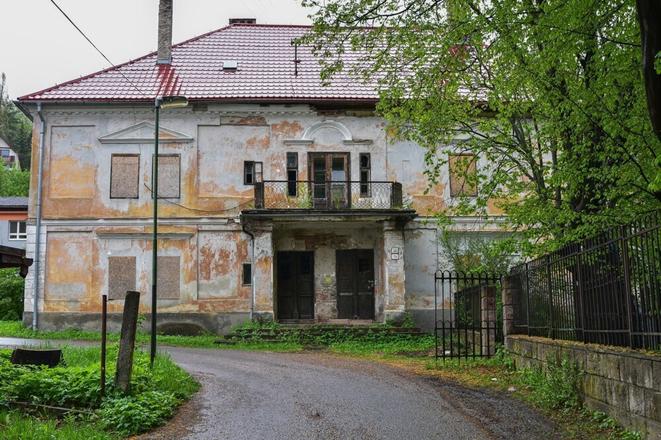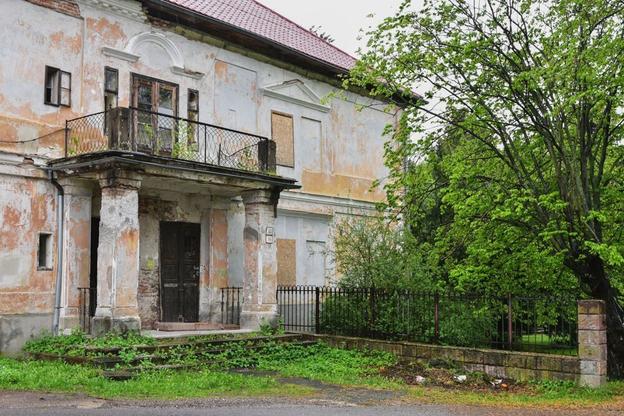Kremnica will become the first Slovak town with a European House of Literature, hosting writers and translators from around the globe.
The project, envisioned by the Mona Sentimental civic organisation, was approved by Kremnica councillors in late March. Several well-known public figures, including actress and politician Magda Vášáryová, also support the idea.
“Kremnica is an ideal place for creative souls,” Renáta Deáková of the organisation told the TASR newswire. The town with its rich mining history is moreover a quiet place, which is very important for the work of creators, she added.

The European House of Literature will be set up in an old building, known as the Zechenter’s House, in the centre of the central Slovak town. Kremnica mayor Alexander Ferenčík told TASR that restoration work should begin this year.
Translators of Slovak literature
The ancient building is in decay despite being a national cultural monument.
The house, whose history dates to 1506 when the then Kremnica mayor Sebastian Ungefüg owned it, has been abandoned for 14 years. One of the most famous residents of the house is Slovak travel writer Gustáv Kazimír Zechenter-Laskomerský.

Writers and translators from Slovakia and other countries will be following in Zechenter-Laskomerský’s footsteps. “Translators from all over the world who are interested in translating Slovak literature will be prioritised,” Deáková said. She added that Slovak authors and translators will also be welcomed with open arms.
Creatives should spend a few weeks in the house. Writers and translators could also take part in the life of the town if they want to, Deáková noted.
Final design yet to be unveiled
Kremnica had initially planned to restore the old house and create flats in it, but local authorities withdrew from the plan following a petition launched by activists and citizens.
What the future European House of Literature could look like is yet to be unveiled. Architects are currently working on a design, which should be presented at some point in April.
Only one floor of the house will serve as residential housing, though. The rest will be open to the public. Last December, local architect Róbert Tame created an initial design involving a museum, a bistro, and a space for the local community.
Moreover, a botanical garden surrounds the house. Zechenter-Laskomerský himself founded it.


 The Zechenter's House in Kremnica, central Slovakia. (source: TASR)
The Zechenter's House in Kremnica, central Slovakia. (source: TASR)
 The Zechenter's House in Kremnica will be turned into the European House of Literature. (source: TASR)
The Zechenter's House in Kremnica will be turned into the European House of Literature. (source: TASR)